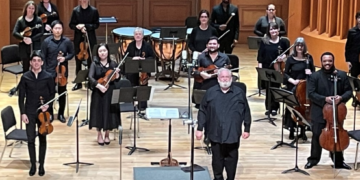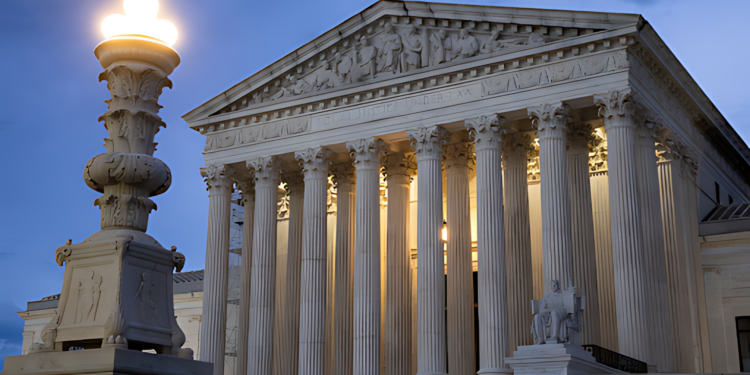Justices Gorsuch and Brown crossing ideological lines moderates courts’ perceived partisan divide.
Despite dismal public opinion polls and perception of bias by both Democrats and Republicans, recent Supreme Court decisions show a strong moderate presence in the Court.
The court heard 65 cases this term and ruled on 47. Only 13 of those cases have been decided on a 6-3 vote with many of those rulings involving justices crossing partisan sides.
While many opinion articles on the Court have focused on abortion and the Dobbs decision which handed debates on the hot-button issue back to the states, many issues continue to show justices crossing partisan lines to issue 7-2 decisions. Justices Brett Kavanaugh, Neil Gorsuch and John Roberts have all proven to be swing voters on multiple issues.
A number of recent decisions have been decided by unanimous 9-0 votes.
On the issue of guns, the Court ruled in Garland v. Cargill the Court ruled 6-3 that the federal ban on “bump stocks” was unconstitutional. Yet the court also ruled 8-1 in Rahimi that a law banning individuals without convictions but with judicial restraining orders from purchasing handguns.
The dissenting vote was Justice Clarence Thomas, who argued that Rahimi wrongfully imposed a penalty on someone without due process or conviction.
While Thomas was alone in his vote on Rahimi he is not alone in his critique of the American criminal justice system’s problems with due process. Neil Gorsuch has historically sided with the liberal justices on criminal justice issues. In this years’ Diaz v. United States decision, liberal Justice Jackson joined Thomas and four other conservatives upholding broad prosecutorial power while Gorsuch joined Justices Kagan and Sotomayor arguing for judicial restraint.
The court saw a similar breakdown in Erlinger v. United States with liberal bloc Justices Kagan and Sotomayor joining conservative Gorsuch’s majority opinion. The dissent in that case included conservatives Kavanaugh and Alito and liberal Jackson.
The Court has also upheld a corporate tax reform law this term by a 7-2 vote. Justice Kentanji Brown Jackson slipped into a concurring opinion language that seemed to limit the Court’s ability to review tax laws. This language serves as a hedge against a possible decision coming from the Court later this term that is expected to strike down the 1984 Chevron decision in which the Court gave deference to unelected regulators in setting federal policy.
This year, the Court issued 9-0 rulings in FDA v. Alliance concerning access to the abortion pill mifepristone and in Trump v. Anderson that Colorado could not remove former President Trump from the ballot.The complexity of these rulings serves as a reminder that judicial philosophy and partisan ideology often make strange bedfellows. Even liberal lion Ruth Bader Ginsburg believed Roe v. Wade was the right decision made for the wrong reasons.



























